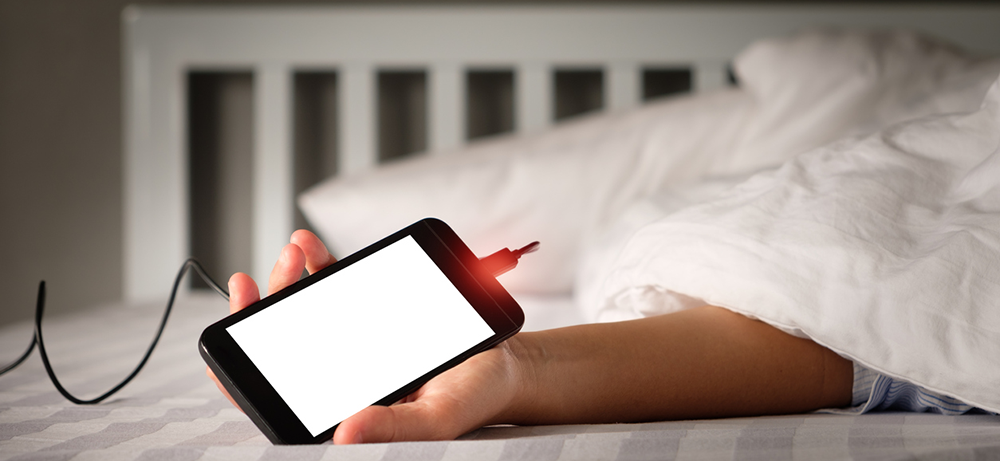standby power, is the electric power consumed by many consumer electronic devices when they are switched off but still plugged in and is often blamed for costing you a lot of money in wasted electricity.
You might have heard that unplugging idle appliances around your home saves a lot of electricity. But for the most part that’s just not true. Idle phone chargers and power adapters likely account for way less than 1% of residential energy use. (Those who claim it’s 5-10% are looking at out-of-date studies from before new regulations kicked in.)
This means most people can’t save much electricity by unplugging their wall chargers. You’re much better off addressing your heating, cooling, lighting, laundry, and computer first. Have you done all that? Good. Now you can work on saving the 0.5% or so of household electrical use that comes from standby power.
Modern regulations in many countries limit standby power to 1 watt or less, and California has limited external power supplies to a maximum of 0.5 watts since 2007. And since it’s costly to develop and market different products for different regions, most manufacturers just made their worldwide products meet the California standards, no matter where their products are sold.
There are three kinds of things that use standby Power:
- Devices on standby. When you grab your TV’s remote control and press ON, the TV has to be getting a little juice already so it can receive that ON signal and respond to it. It’s “standing by” waiting for you to turn it on with the remote. Other things that use standby power because they’re waiting to respond to a button press are DVD players, stereos, and microwave ovens. However, the amount of energy used for standby in modern devices is tiny. TVs made starting in 2006 use less than 1 watt in standby.
- Plug-in adapters. These are the big black blocks that convert AC to DC. Some of them draw some current even when the device they’re powering is turned off (or in the case of chargers, even when the phone or device is fully charged). If the adapter is warm even when the device is off, it’s wasting a little electricity, but usually not much.
- Devices that are always working, even when you’re not “using” them. Cable TV boxes and DVRs are always running even if you’re not watching TV, and video game consoles are always checking the Internet for things like news and software updates. The pre-2013 models sucked a lot of standby power, but modern ones use much less.
Most modern devices use no more than 1 watt in standby mode, and many of them use less than 0.5 watts. But the typical American household uses 11,040 kWh per year. So the standby power for one device represents a mere 0.08% of the household’s energy use. If the household has twelve of these devices, that still accounts for less than 1% of the entire household use. So now you’ll see why chasing standby power is usually a waste of time, unless you’ve already tackled your heating, cooling, laundry, lighting, and computer first.
Modern chargers go down to zero (or pretty close to it) when nothing’s plugged into them. Even a charger using one watt when idle and plugged in constantly would use only about $1 per year at average electricity rates. But what about older devices and adapters? Those do use a bit more energy when idle, but the effect isn’t that great unless you have a lot of them. If a modern device wasting 1 watt when idle costs about $1 a year to leave plugged in constantly, then an older device wasting 10 watts when idle costs only about $10 a year. Not the low-hanging fruit for savings.
Oh, but maybe you’ve heard that the real penalty is leaving your phone connected to a charger after it’s already finished charging? After charging three phones together they used a mere 1 watt. (During charging, all three together used 8 watts.) Two of those phones were older 2004 models.
Now, there are some things that it pays to unplug, but they’re not phone chargers. You’ll save by unplugging (or putting on a switch):
- Cable TV boxes & DVRs. If they’re not Energy Star models and made in 2013 or later, a cable TV box + DVR combo likely sucking around 50 watts of power, 24/7. That’s about as much as an Energy Star refrigerator.
- Anything with a light that’s always on (unless it’s an LED light, which is okay).
- Water pumps. If you have a water pump it’s probably for a reason, but at least put it on a timer so it doesn’t run 24/7.
How to combat Standby Power
Look for the Energy Star label when buying devices. Energy Star-approved products use little to no energy when idle.
Test the devices you already own to see if they’re using too much standby power. How do you know whether your particular devices are drawing standby power or not? Measure it! If they’re not using much, then there’s not much point in doing the steps below to combat standby power. Ten devices using 1 watt of standby cost only about $1/mo. to run, using a sample rate of 15¢/kWh. To help calculate what something costs to run, here’s a useful calculator: Click here!
Unplug devices and adapters when you’re not using them. This method is free but inconvenient. If you want convenience you can have it for a few bucks, as the next few items show:
For one or two items, get a flip switch. Click here!
For two or more devices that will be on or off at the same time, use a simple power bar with a switch. Click here!
For several devices that you want to switch separately, get a power strip with individual switches. Click here!
For computer, TV, or stereo systems, you might like a smart strip. It’s a special power strip that automatically cuts power to all your accessory devices when you turn off the main one. (e.g., Turn off the computer, and it automatically cuts power to the printer and scanner. Turn off the stereo, and it automatically cuts power to the CD player, tape player, etc.) Click here!



